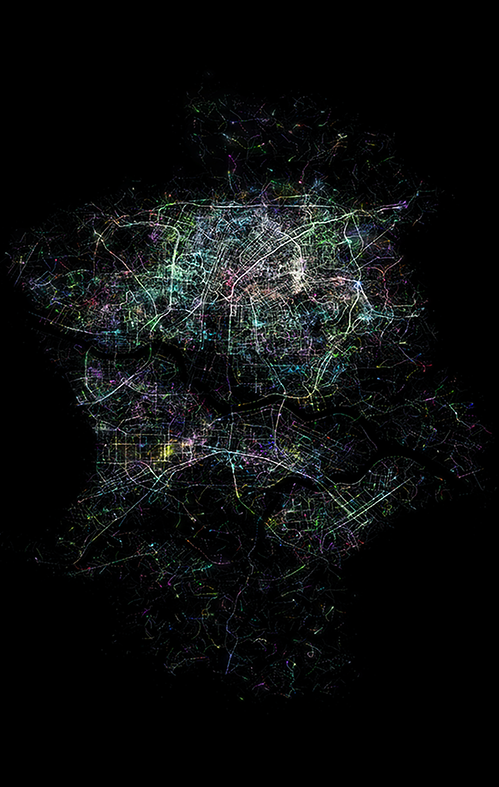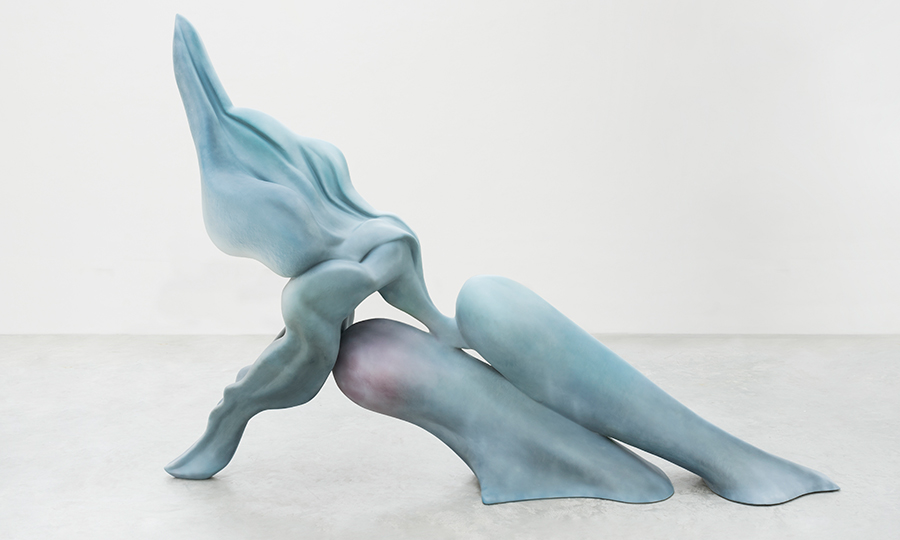
Hiroaki Umeda
Median
When examining any living substance at a microscopic level, there are almost no perceivable boundaries between human and non-human bodies. In this work, Hiroaki Umeda, a Japanese choreographer, dancer and visual artist, pursues his longstanding belief and fascination that a human body is an intrinsic part of nature, where there is simply no distinction with other living things. For Umeda, choreography is not only limited to human bodies but for anything that is capable of movement. In MEDIAN, he explores the choreography of cells, molecular forms and organic synthesis, bringing into human visibility another world of movement, light and sound.








